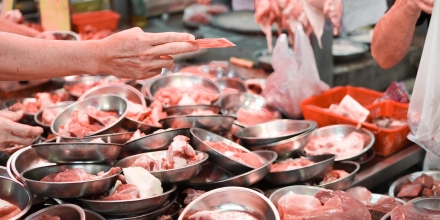Meat market and policy in Mongolia

Event details
PhD Seminar (Econ)
Date & time
Venue
Speaker
Contacts
The share of Mongolian exports in worldwide exports in agricultural sector is insignificantly small, despite the comparative advantage it has. There are 60 million heads of livestock in Mongolia and 75 percent of the rural population is employed in agriculture.
The majority of that activity is in livestock husbandry. Although potential meat production could be high compared to domestic demand, the reality is that very little surplus production is available for export. The agricultural sector, including that of meat products, accounts for ten percent of GDP and meat products account for one percent of total revenue from exports in 2017 (OEC 2019). There are numerous factors that limit international trade for Mongolia. They include livestock disease occurrence, poor infrastructure and trading barriers related to outdated food standards and inefficient logistics. This proposal sets out the framework to study how reducing trade barriers affect the livelihoods of the herders by first examining whether meat export growth is desirable and, if so, what potential policy initiatives could be instigated to promote meat exports.
Updated: 19 July 2024/Responsible Officer: Crawford Engagement/Page Contact: CAP Web Team











